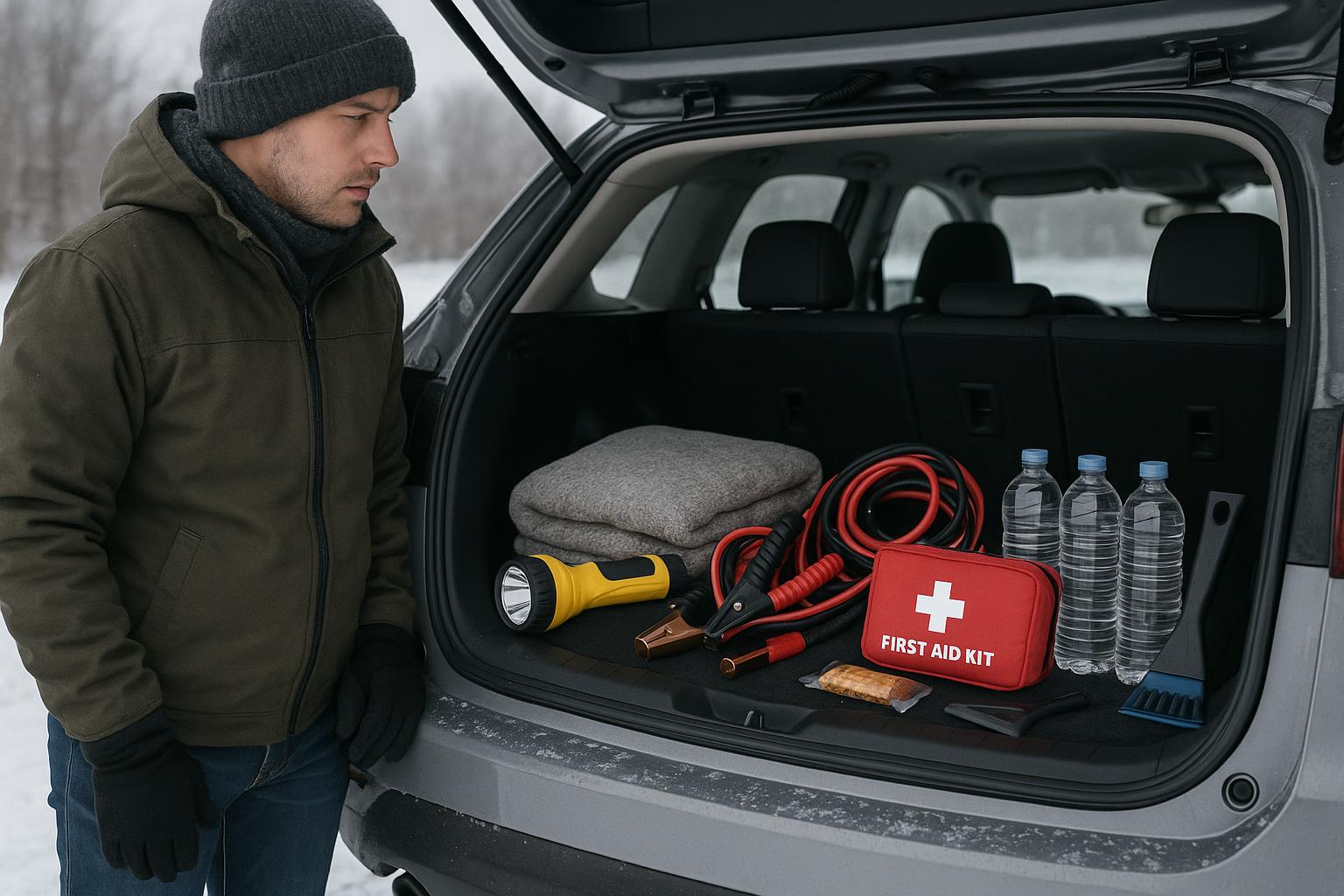Hand Hazard Awareness Education
Hand safety is often taken for granted, yet it plays a critical role in preventing workplace injuries. Educating workers about hand hazard awareness is key to reducing incidents and ensuring that employees can safely carry out their tasks. Given that hands are involved in almost every work activity, the risks are ever-present, ranging from cuts and abrasions to more severe injuries like fractures and amputations. By fostering a strong culture of hand hazard awareness, companies can significantly improve their safety records and protect their workforce.
Understanding Risks
The first step in hand safety education is ensuring that employees understand the specific risks associated with their jobs. Different industries pose different types of hazards, from handling sharp tools in construction to managing hazardous chemicals in laboratory settings. Educating workers about the threats they face on the job helps them recognize dangerous situations before an accident occurs. For instance, understanding how to handle tools correctly or knowing the effects of exposure to certain chemicals can empower employees to make safer decisions throughout their workday.
Effective PPE Training
Beyond identifying risks, workers must be taught how to use personal protective equipment (PPE) effectively. Gloves are a primary line of defense for hand protection, but not all gloves are created equal. Employees should be educated on selecting the right type of glove for their specific tasks. Whether dealing with chemical exposure, extreme temperatures, or sharp materials, the choice of glove can make the difference between a minor incident and a severe injury. Proper glove usage and maintenance are just as important; workers should know how to check for signs of wear and tear and when to replace their gloves to ensure continued protection.
Psychological Aspects of Hand Safety
In addition to educating employees about the physical hazards, it’s also essential to address the psychological aspects of hand safety. Workers who become too comfortable in their roles may grow complacent, overlooking risks they once took seriously. Safety education should emphasize the importance of staying vigilant and not underestimating even the smallest hazards. Encouraging employees to report unsafe conditions and to look out for each other promotes a culture of safety where hand protection is always top of mind.
Ongoing Safety Training
A critical component of hand hazard awareness is training workers to recognize hazardous conditions in real-time. Workplace environments can change quickly, and the ability to identify potential dangers, such as faulty machinery, spills, or poorly stored tools, can prevent accidents. Ongoing safety training keeps workers alert and engaged, reinforcing the importance of staying aware of their surroundings. Regular refreshers and updates on safety protocols ensure that hand hazard awareness remains a priority and helps maintain a safety-first mindset.
Safety Culture
Employers must also lead by example, making hand hazard awareness part of the broader organizational safety culture. Clear communication from management about the importance of hand safety, coupled with regular safety audits and updates to safety protocols, demonstrates a commitment to worker well-being. When hand safety is a shared responsibility, it becomes ingrained in the daily workflow, significantly reducing the likelihood of accidents.
Conclusion
Ultimately, the goal of hand hazard awareness education is to equip workers with the knowledge and skills they need to protect themselves. By staying informed about the risks in their work environment and knowing how to mitigate those risks, employees can maintain a firm grip on safety. This, in turn, fosters a safer, more productive workplace where everyone benefits from heightened awareness and adherence to safety practices.



